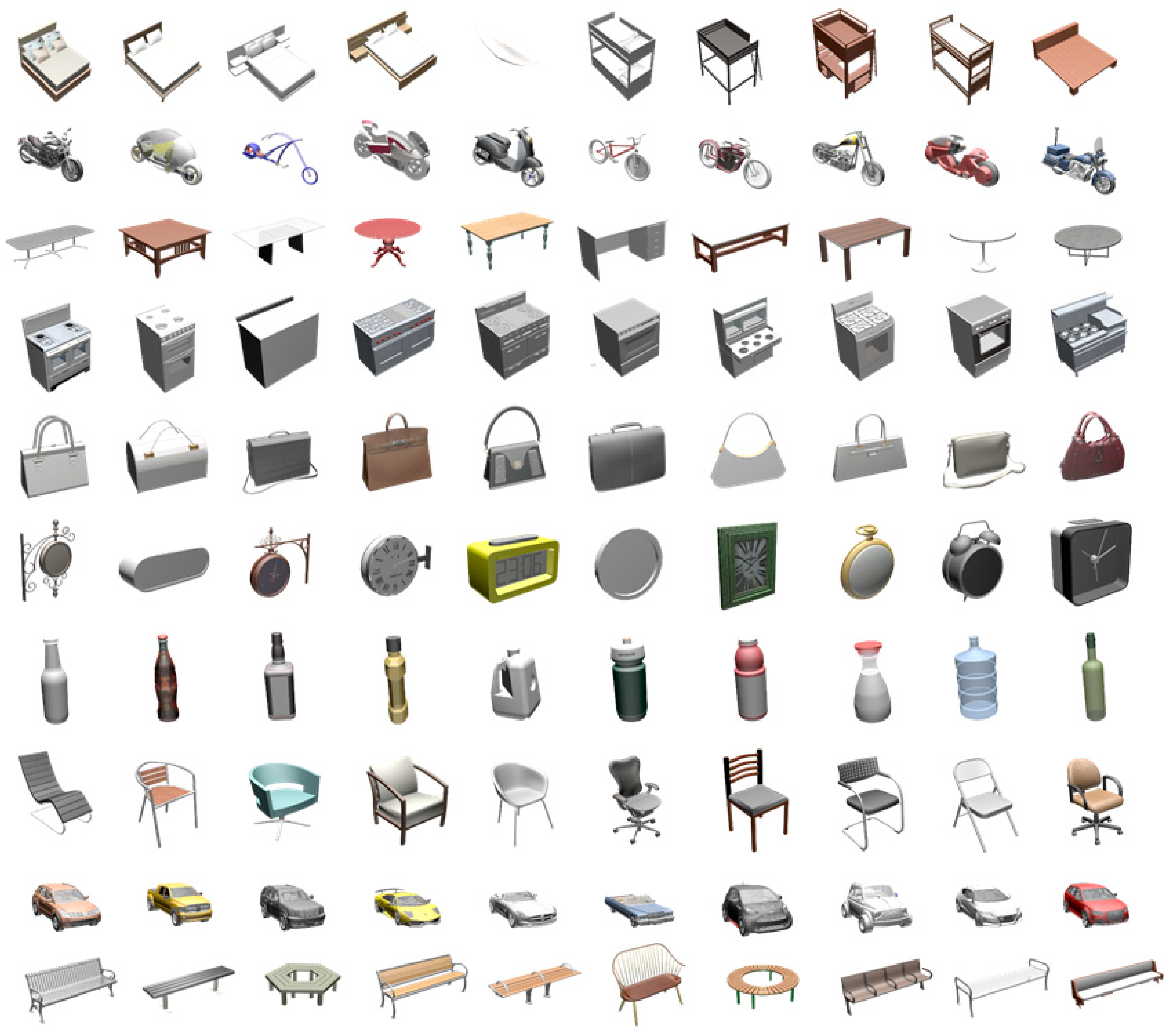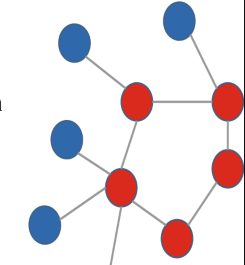Getting Started with PyTorch Geometric
A quick list of reports, docs, videos, and tutorials to get you up and running
Created on February 2|Last edited on February 8
Comment
PyTorch Geometric – or PyG for short – is a PyTorch library used primarily to write and train graph neural networks (GNNs). We’ve put together a few resources to make using PyG alongside Weights & Biases a little bit easier. Let’s jump in:
60 Second Explainer Video
Our Cofounder & CSO Chris Van Pelt walks you through how to get set up with Weights & Biases and PyG in one minute:
Point Cloud with PyTorch Geometric
PyTorch Geometric is ideal for point cloud research and modeling. This pair of reports digs into point cloud segmentation and classification, complete with visualizations and code you can use to recreate the project:
Point Cloud Segmentation Using Dynamic Graph CNNs
In this article, we explore a simple point cloud segmentation pipeline using Dynamic Graph CNNs, implemented using PyTorch Geometric along with Weights & Biases.
Point Cloud Classification Using PyTorch Geometric
In this article, we explore how to classify point cloud data from 3D CAD Models, implementing the PointNet++ architecture and using PyTorch Geometric and W&B.
Understanding the ShapeNetCore Dataset
Shapenet is a richly-annotated, large-scale dataset of 3D shapes, helpful for everything from computer graphics, CV, robotics, and more. We used it extensively in the point cloud segmentation report above. If you’d like to learn more about it, the link on the left is our deep dive into ShapeNet, while the other will take you to ShapeNet itself.
PyG Colabs
Lastly, here are a pair of colabs you can run to learn a little more about PyG and how it works with Weights & Biases. The first is on graph classification while then second walks you through node classification with graph neural nets.
Add a comment
Tags: PyTorch Geometric, Articles
Iterate on AI agents and models faster. Try Weights & Biases today.





